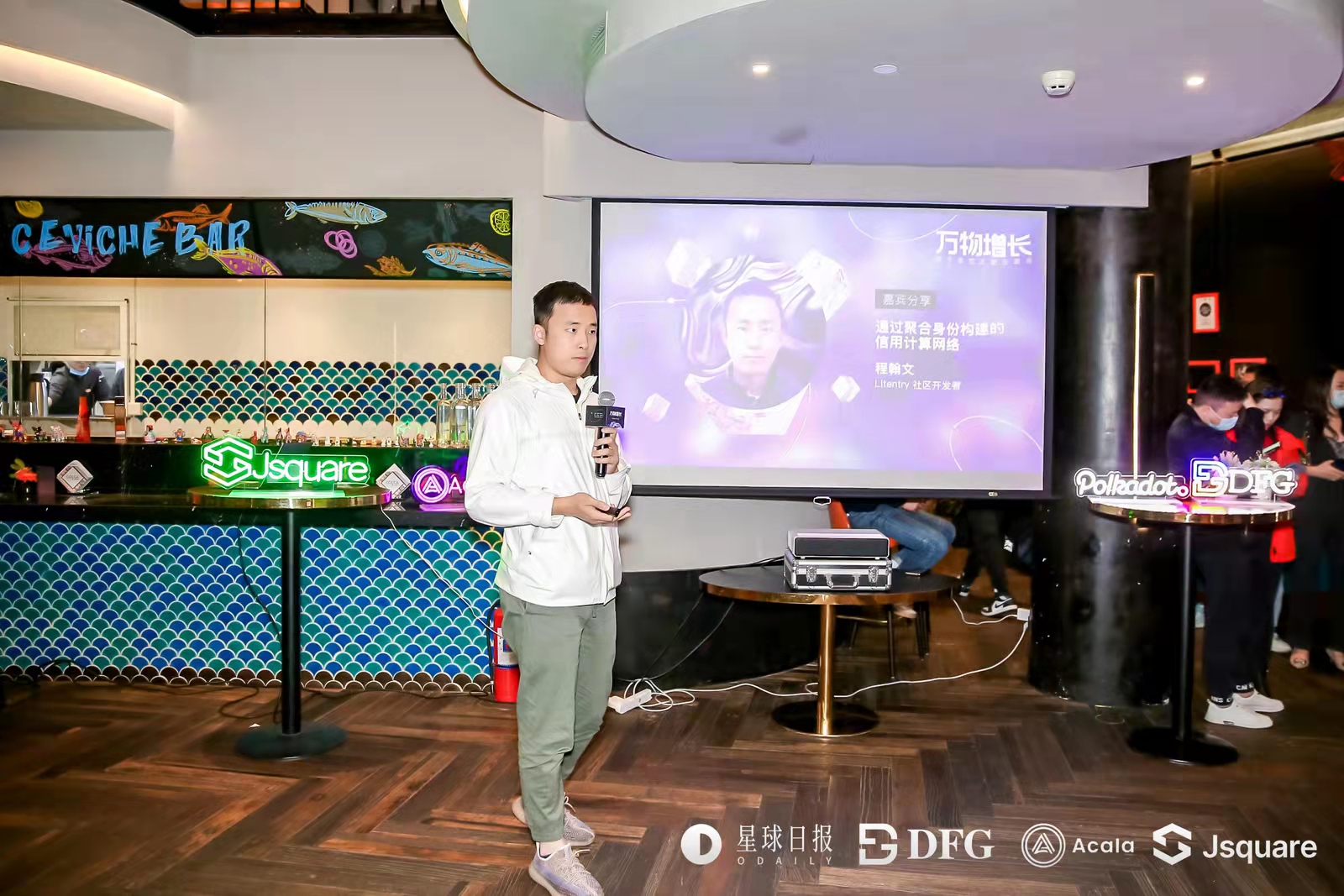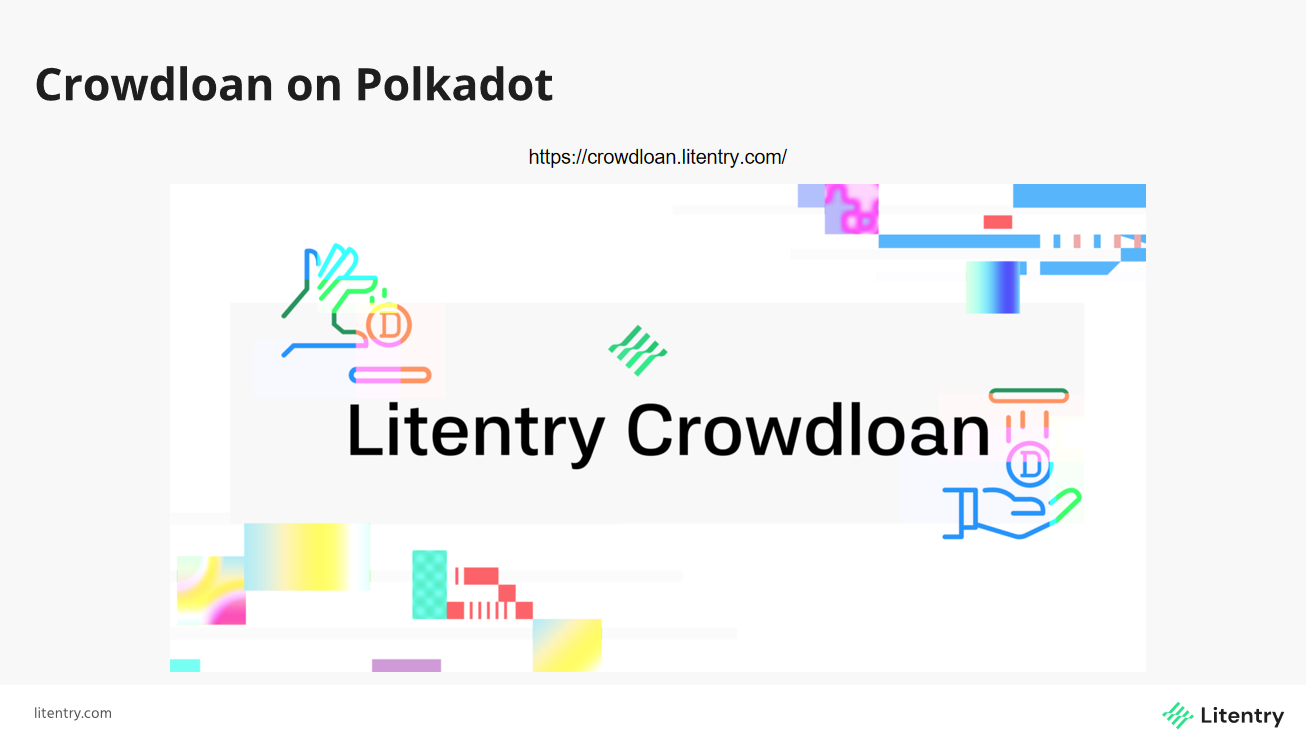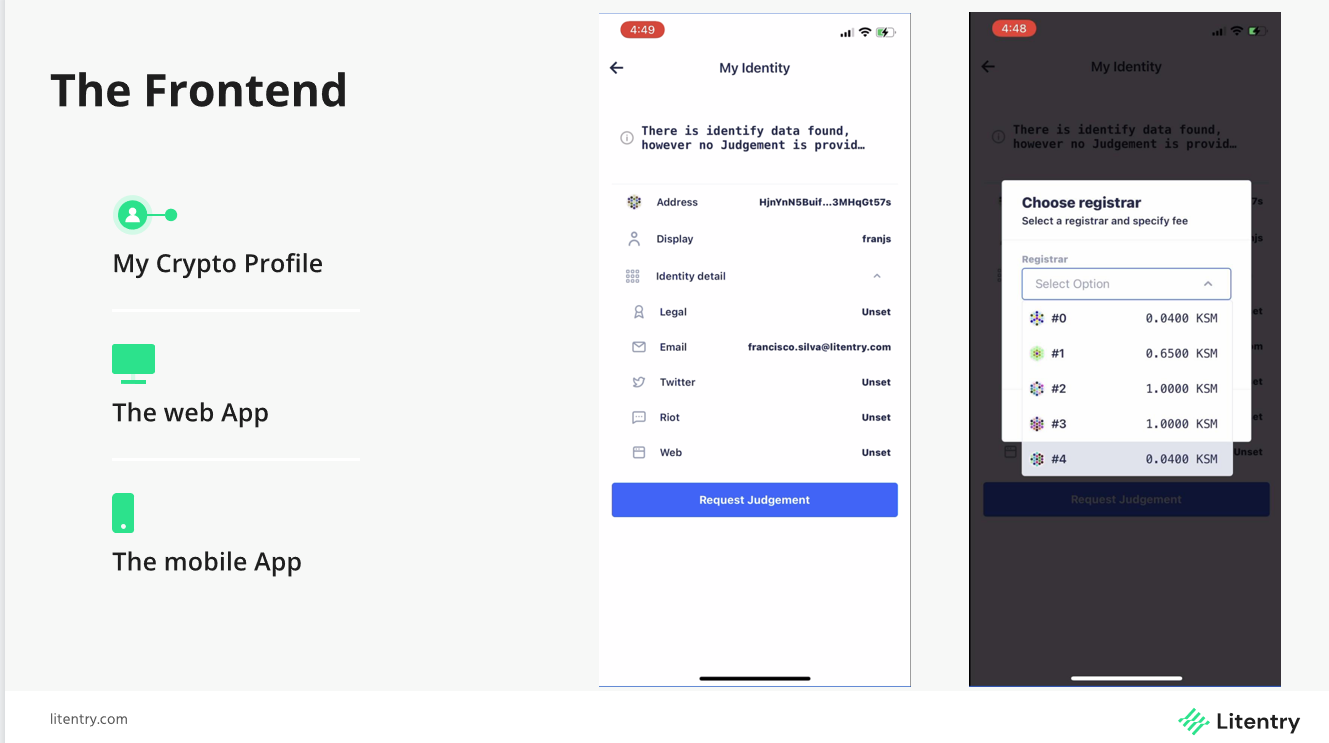On October 25th, Odaily, together with DFG and Acala, held the "Growth of All Things - Polkadot Ecological Theme Meeting" in Shanghai. Representatives of professional investment institutions, project parties who will participate in the front-line bidding, development teams, foundation community leaders and other ecological roles stand together at a new starting point when Polkadot officially enters the application stage, predict the development trend of the ecology, and explore various Prospects for class applications.
On October 25th, Odaily, together with DFG and Acala, held the "Growth of All Things - Polkadot Ecological Theme Meeting" in Shanghai. Representatives of professional investment institutions, project parties who will participate in the front-line bidding, development teams, foundation community leaders and other ecological roles stand together at a new starting point when Polkadot officially enters the application stage, predict the development trend of the ecology, and explore various Prospects for class applications.
Meanwhile, Cheng Hanwen, a developer of the Litentry community, delivered a speech on the theme of "Constructing a Credit Computing Network by Aggregating Identity". He believes that Litentry is committed to building a credit computing network, putting credit in the identity, and thus put forward the concept of aggregated identity. Especially now that the fire of DeFi has enriched the financial data and information on the network, which forms the basis for drawing user portraits, but there is currently no specific and feasible way to generate these portraits. The services provided by Litentry can not only generate full-dimensional user portraits, but also display multiple background information of users, enriching the financial data application system on the chain.

The following is the full text of Cheng Hanwen's speech, edited by Odaily.
Today I will introduce Litentry and the auction plan of Polkadot’s parachain. Participating in this event today as a community developer, I was also an engineer of POLKADOT before.
Litentry is to build a credit computing network and put credit in the identity. We propose the concept of aggregated identity. Why aggregate identity is proposed, because there is more and more information on the network, for example, in DeFi, we have a lot of information about borrowing and lending that users participate in, and even some file information uploaded on Ethereum, which enriches user portraits, but we now There is no way for anyone to generate such a portrait. At the same time, such a user portrait not only provides users with some specific DeFi services during the DeFi process, but also provides background information during the chain journey, such as It is said that we know that when the members see the proposal, they don’t know who the proposer is at all, and they don’t know who to choose when they choose the members of the parliament, and they don’t know who made the contribution in the ecology.
Then you can see that the rules of Aggregated are getting more and more cutting-edge. Participating in any activities requires KYC. Is it possible to participate in these activities without DeFi?
What value can decentralized identity bring to everyone? In terms of function, we provide cross-chain identities, chain-to-chain intercommunication, and at the same time can realize the function of single sign-on, and various applications can be logged in through WeChat and Alipay accounts.
If there is a user portrait, according to the definition of the user portrait, including users with high dynamics and target users, the quota on IDO will be allocated to them, so as to avoid being wasted by the system and robbed by robots. There is also social cost, there is such a social demand, for example, I am a collector of many NFTs, I have such a demand for display, and at the same time, people who have made a lot of contributions in governance will have such a demand, you see me before A lot of motions have been raised, but many people don't know if they don't say it.
The third is to build a DAO through people with the same interests. For example, they are all Chileans, and they are all active governance contributors. Finally, they gather together and become a small DAO. The application is brought in.
The fourth is psychologically, everyone has the need to control their own identity and their own information, rather than information being controlled by centralized traders. The mentality of aggregation is to have Self sovereignty and how we can achieve privacy protection.
Another important point is the framework based on Web3.0, but we are not only connected to Polkadot, we are also connected to Ethereum, etc., as well as the entire WEB3.0 ecology.
In addition, introduce our system. Our system is divided into three layers: data layer, address analysis layer, and identity aggregation layer.
The data source layer is very simple. What is the source data on the blockchain, which can be obtained on different blockchains, and then the address analysis layer. This is a product made by the team that has obtained the Web3.0 Grant. It can analyze the behaviors of users on the chain, which can be analyzed by different project parties. Such analysis itself is applied to IDO and NFT, such as the artist identity of NFT, providing them with such data. For example, it is convenient to find out who are the big collectors of NFT in Web3.0.
The last is the identity aggregation layer. The rightmost part is the side chain. The side chain will aggregate the user’s private information and then provide the user’s aggregated credit report. This credit report is presented by the network. Any basis is the network operator. It is not possible to obtain what information is processed in the network.
Then, to be more abstract, here I will introduce some application scenarios that we have made for Web3.0 users.
The first one is for different addresses, we have a Push notification, which users raised a new proposal, or who purchased a new NFT, we can subscribe to provide notifications. Provides address-to-address, identity-to-identity interactivity.
The second is the user portrait generation tool. We can generate different user portraits according to your behavior on the chain. This is what the Web3.0 team does.
The third is to support separate account login, through a user account, a Polkadot account to log in to different networks, such as the Ethereum network. This has received funding from the Web3.0 Grant to develop such an application.

The fourth is about identity and privacy protection, all of which are based on aggregated identity applications.
Looking at some front-end products, this is our My Crypto Profile, which is currently connected to Twitter and Ethereum. We have talked about our products with Twitter before, and talked about their own access to this platform. We are not only a Twitter platform, but also Swap, and other platforms based on it.

Then the identity management tool on the webpage involves all network functions. For example, you can see that there is a function and aggregation of centralized release of LT. Everyone's identity and each Lab is an LT, which can be released.
There is also the Mobile app, which is where we applied and got funding. Such a tool is for participants in the ecosystem to let everyone participate in the governance process, push notifications, and the first application will be applied to the mobile app.